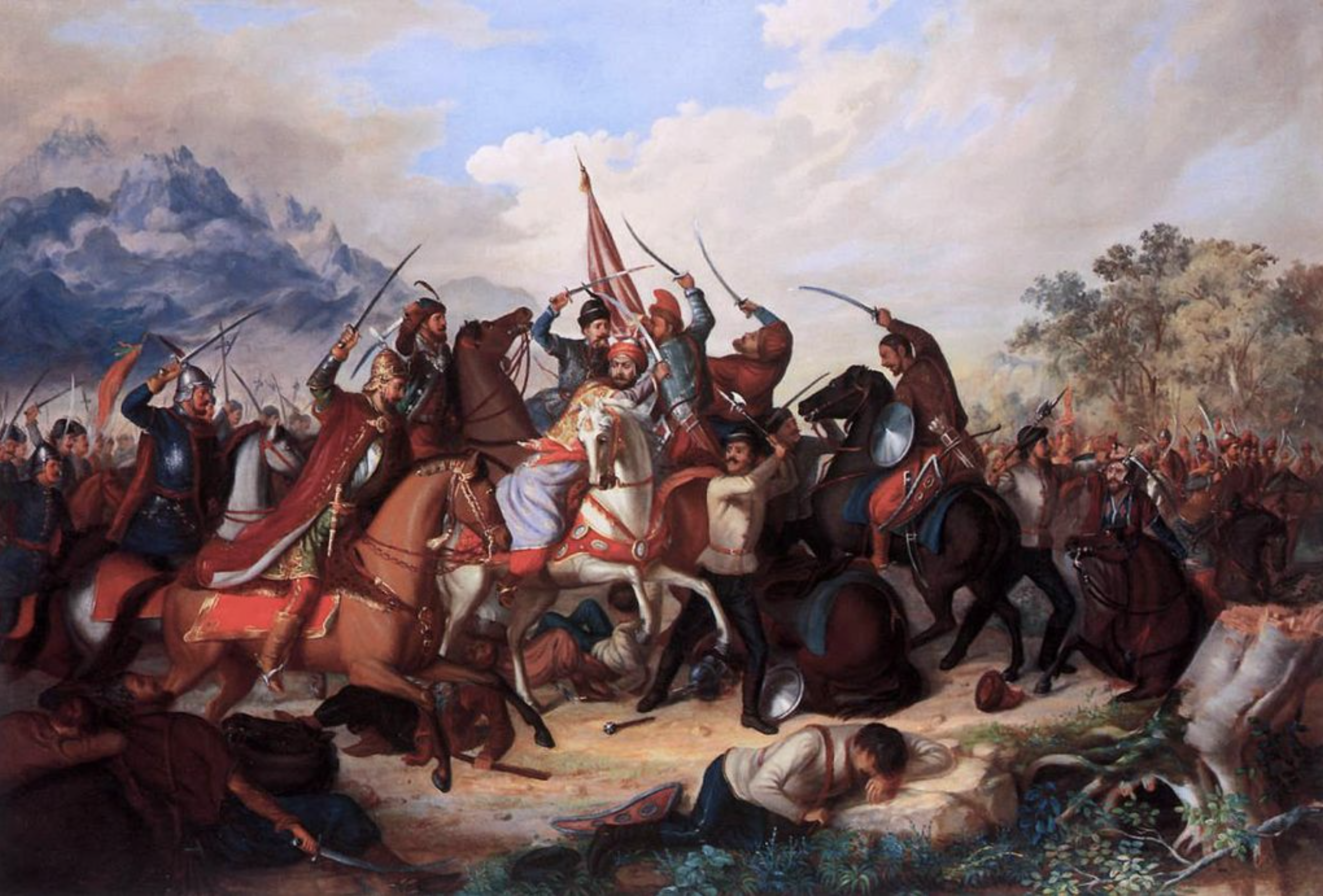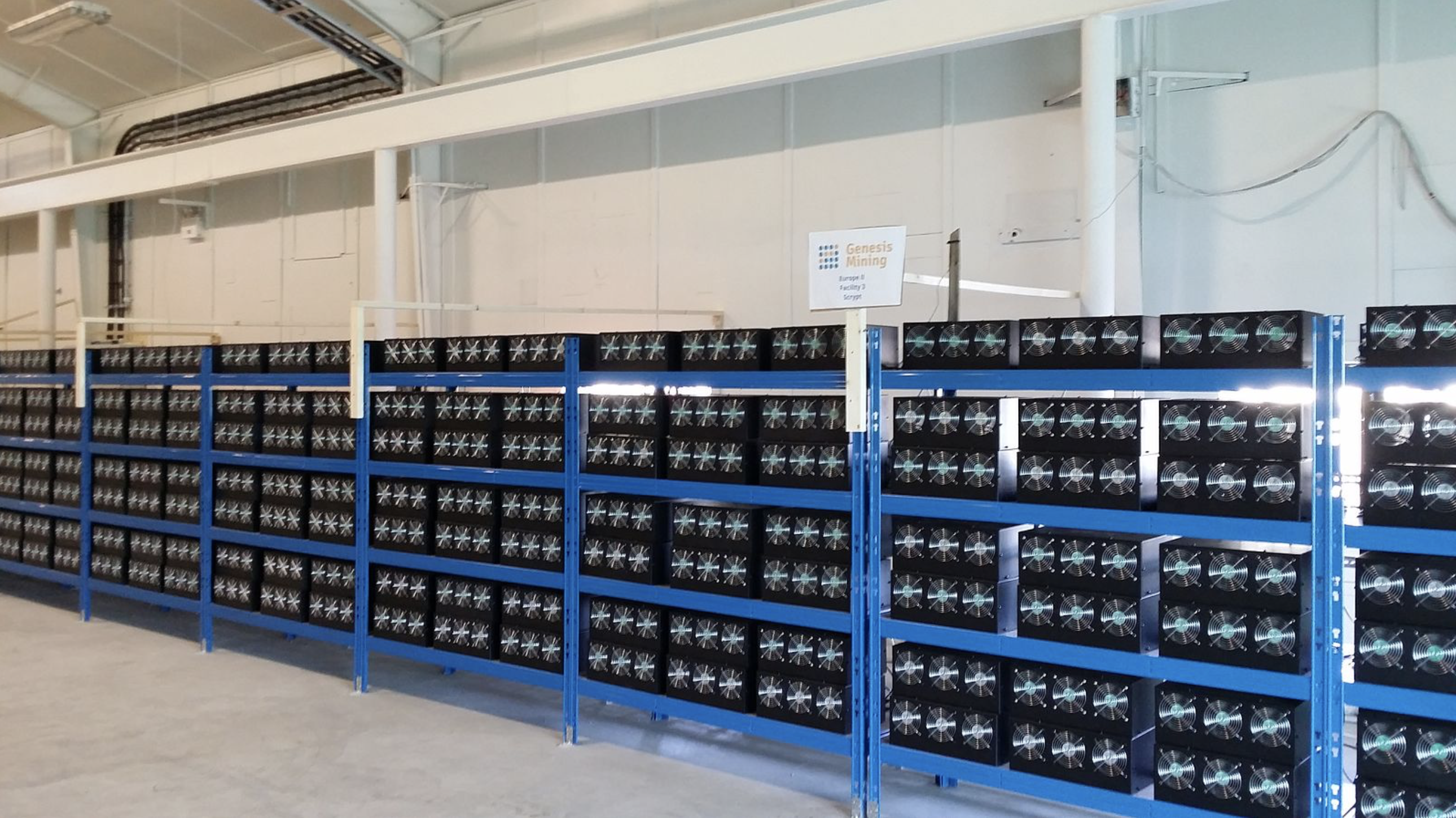Will Proof of Work Continue to be Stable when the Block Reward Becomes Incentively Insignificant?
Sometimes the truth has a tendency to be buried at the bottom. The Greeks had an interesting name for it: “ἀλήθεια” (aletheia) which literally translates as “unconcealment”. Conversely “lethe” means "hidden" or "forgetfulness" because it is missing the alpha at the beginning indicating negation. Both interpretations point to the idea that truth has a tendency to stay hidden, or forgotten.
The last time I felt like this was around 1994 - 1995 when Project Hindsight started publishing a series of translations of ancient Greek and Latin texts that upended everything I thought I knew about astrology. Now the same has just happened to me with crypto and some of the underlying consensus algorithms, PoW (Proof of Work), PoS (Proof of Stake) and DPoS (Delegated Proof of Stake). I will focus only on PoW here.
I encountered this paper thanks to @anonymint and he also summarized his own interpretation of the problems with various consensus algorithms. The gist of the argument is that as block rewards decrease, consensus becomes unstable or becomes dysfunctional allowing centralization of authority to reappear. I will summarize PoW in an attempt to connect the dots to see why.
The Byzantine General commits treason?
The basis for PoW, is a competition between miners to include transactions in a block which lasts approximately 10 minutes. This competition is meant to be adversarial in order to secure the network to ensure that no single authority has any advantage or control. But what happens when mining centralizes and is finally all owned by a single corporation? This wasn't the case early on, but the number of companies taking over and consolidating power into a single authority is on the rise.
When you send a transaction to be confirmed, it begins to propagate through the network to various nodes around the world and is added to the mempool waiting to be picked up by miners to be included in the block. The difficulty that miners face is in finding the nonce which is a random number adjusted with several zeros in front that solves the cryptographic puzzle correctly. The unidirectional nature of hashing algorithms (SHA256), RIPEMD-160, etc make it trivial to confirm the correctness of these hash outputs, but extremely difficult to guess the inputs without significant hashing power.
In the case of the nonce, there will be more than one that solves the cryptographic puzzle, but you have to solve for the hash below a certain value. The lower the value the higher the difficulty. By adding or subtracting zeros to the threshold of acceptable results one can increase or decrease difficulty depending upon the joint hashing power of the network. If the hashing power gets to the point where in a two week window the average solution time is less than 10 minutes, then the difficulty of the nonce is increased and conversely if it starts to take too long, the difficulty can be reduced by making the acceptable number higher. You can visualize this as a sort of limbo game where the bar can be raised or lowered and a successful guess is like passing under the bar without knocking the bar down or falling.

source
Once the nonce is found for the pool of transactions that were included in the block, that block is signed with the hash which makes it immutable (changing any of the transaction values in the block will invalidate the hash). The set of transactions that are left over are still in the mempool waiting to be included in the next block and the new block propagates through the network to be added to the chain on all the nodes. As more blocks are added to the chain, the history of the network becomes like ocean sediment and increasingly difficult to erase. A safe level of confirmation is generally considered to be 6 blocks. Anything with more confirmations than that is considered to be unchangeable history.
Sometimes, with the help of network latency, two (or more) mining nodes find the nonce at approximately the same time and begin to propagate their blocks through the network. This is called a fork and happens roughly twice a week on average. At this point two competing chains begin working on the next block and race to find the next nonce. This should continue until the tie is broken. Once one of the chains includes a new valid block, the shorter chain of the fork dies off and all nodes begin to add the new history and proceed with the single chain and single history.
The rationale behind PoW is that by committing equipment (ASIC chips) and consuming massive amounts of electricity, one has the incentive to play by the rules and guess the nonce correctly, for failure to play by the rules results in a large electric bill with nothing to show for it because the likelihood of being discovered is extremely high with the hash power of the network overriding the forked history with the correct chain. This assumes that the majority hash power will want to play honest because it is supposed to be more profitable to play by the rules rather than cheat.
Once the nonce is solved, the miner includes in the new block the transaction fees of the previous block and the block reward (this is known as the Coinbase transaction). Roughly every 4 years the block reward is halved. It started out at 50 BTC in the beginning in 2009, then dropped to 25 BTC in 2012, then in 2016 it dropped to 12.5. It’s set to halve again sometime in 2020. Eventually the block reward will have less value than the transaction fees. It’s generally assumed that it doesn’t matter whether the miner collects the fees from the block reward or from the transaction fees, but this white paper questions that assumption.
ASIC mining farms as they appear today
The scale of mining is much different these days. Back in 2009, one could mine bitcoin with a laptop CPU and the electricity use was far less and while the block reward of 50 BTC seems like a huge amount these days, back then bitcoin was going for anywhere between a fraction of a penny up to about $3.00. So someone mining on their laptop might get about $150.00 reward in 2011.
Contrast that to today where the chances of finding a nonce with your laptop computer is far less than finding the correct grain of sand on a beach in Florida. ASIC's (Application Specific Integrated Circuits) are many orders of magnitude faster than the original CPU's. As a result of the hashing power of the network, the difficulty has had to be raised significantly. The result is that mining has become more centralized because only a few people in the world can afford it, or one is forced to join mining pools. The problem of mining centralization increases risk of collusion because it's easier to coordinate between a few very powerful interests than to coordinate between many small interests.
While the block reward is now 12.5 BTC, that combined with the fact that BTC is around $9K (currently) is about $112,000 USD for approximately 10 minutes work. I don't have the statistics for the amount of electricity used, but it's quite expensive, but still very profitable for miners as it stands now. The question is what happens when the block rewards keep halving every 4 years and approach zero? This logically suggests that transaction fees must make up the difference and would increase. Perhaps this is one of the motivations behind off chain scaling solutions such as Lightning Network.
The problem is that as block rewards decrease, the variations of fees can make some blocks much richer than others which could incentivize miners to fork a block that includes high transaction fees. The lack of a stabilizing base level reward means that variability of rewards increases significantly. This could jeopardize the stability of the bitcoin network which would either lead to multiple forks, or a central authority would have to step in to dictate network truth.
One potential solution that I thought of (that I think is already in bitcoin, but might have to be increased) is the lock time for the coinbase transaction could be modified so that spending such rewards would happen far enough into the future so that any cheating forks would be discouraged (because once people realize what has happened, the value of the bitcoin network will crash to near zero). One potential problem with this incentive is that excessive forks would also make it difficult for people to cash out. However, future buyers would drop to zero because the trust would be gone.
Decentralization as a Boolean var or Real number?

source
Decentralization is said to increase the security of networks that don't use a central authority. We might regard miners as a central authority if they all conglomerate under one corporation. But this isn't necessarily enough to ensure the control of bitcoin. Last year there was a war going on between Bitcoin Core and Miners (Jihan Wu) over BiP's (Bitcoin Improvement Protocols). There were several of these, some introducing SegWit (Segregated Witness) which strips out the block header info into a separate database with a pointer stuck in the original block to the data, some others introducing block size increases.
There are actually about five separate groups involved in the bitcoin ecosystem: miners, bitcoin core programmers, confirmation nodes, merchants, and end users. While miners may centralize, they are still stuck with the core programmers who write the rules into the code. But what happens if both mining operations and core programmers are owned by the same corporation? Blockstream was rumored to have had about five different individuals with connections to the Bilderberg group.
If those two groups can successfully collude, then the choice will be up to the merchants, end users and node operators as to whether they want to go along, or dump the asset for another coin not controlled by the same groups.
Decentralized Autonomous Organization or DAO?

source
It's been my experience that centralization and decentralization follow along the lines of yin and yang. The pendulum swings back and forth between these two extremes. But the goal of technical disintermediation is to ensure the loss of control as a means to introduce fairness.
One reason why I doubt that bitcoin has been taken over by government (though I have no doubt they are trying to compromise the security of the network in the ways mentioned above), is that the fixed supply of bitcoin seriously hampers the Keynesian economic apparatus for control of the money supply. Bitcoin can't be printed in the same way that national fiat can. This limitation forces governments to live within a fixed budget, which is something they absolutely hate. The gold standard was such a fixed budget and enforced accountability of authority. With that gone, they were able to pass off massive debt onto future generations in exchange for wealth in the present for a very select few.
But we'll have to see how this goes. @anonymint has said that he has a solution to this problem.
Donations (public bitcoin address):

3FwxQsa7gmQ7c1GXJyvDTqmT6CM3mMEgcv



A couple things....
If the number of Bitcoins being paid is halved, there is less incentive to mine unless....the value of Bitcoin more than doubles. Using your numbers, 12.5 BTC at $9K....if that halves to 6.25 BTC, but the price is, lets say, $27K, wont the incentive still exist? If McAfee is right about 1M BTC, or even $100K BTC, wont that cover a lot of halving?
Also, I think it would be good to see some more of your astrology applications and trends in posts. I find them interesting and think others might also.
That's right. The value of the block reward is what I hinted at in the comment above when I stated that a miner could use a laptop CPU and get 50 bitcoins worth $150 in 2011. 6.25 bitcoin in 2020 might be worth anywhere from $500K to $6M. The question remains what happens when block rewards becomes less incentively significant than transaction fees? Then rich blocks might be forked with an incentive structure to entice other miners to build on your forked blocks (according to that Princeton white paper). I have my doubts that anyone would want to do this given that the coinbase lock time could cause them to collect next to nothing for doing so, but am still studying the underlying game theory. I can't operate as an independent node of truth on this matter until I can see all the implications for myself.
As for astrology, I find myself drawn into the underlying tech of crypto too much to want to concentrate on that right now.
PS - we also have to be careful about really high estimations of bitcoin's price. It could very well be that bitcoin may be worth $5,000,000 in the future at some time, but if that happens, it might be because the price of bread has been raised to $1,000 USD. At that point, people won't be asking how much bitcoin is worth; they will be asking "How many satoshis to buy a new car?".
I dont think that that argument is valid. If btc is low there is not much to secure. If btc is high the security needs to be higher. So with rising btc we need more security and that is the case if blockreward stays fixed.
Think this way, currently a year x% of the total value is spent to secure the network, and that number will be x/2% in 2020
Learned something new about the inner mechanics of bitcoin. Centralisation through business and centralisation by government control sound well be different. As you say, the government meddling with blockchain might be unlikely, but centralisation on the business end is imminent. The consequences might be nevertheless sever.
On the contrary, I suspect government will do everything they can to meddle with the blockchain. It's just that their means are somewhat limited with bitcoin core writing the rules. If they take over Bitcoin Core and the miners, then the threat becomes network non-use and a flight into altcoins.
Hehe, don't some suspect the CIA being behind Satoshi Nakamoto, because like with Facebook, people give up their privacy voluntarily.
Sure governments try to meddle if they can, but as you said, they didnt suceed, but business wise btc might be close to be cracked, with now the majority of hashpower being centralised with a few mining pools based in China (oh here comes politicas again!)
If mining is controlled by government, they are still very limited in what they can do. They still can't reverse transactions without completely damaging the trust which would cause a flight into altcoins. The subsequent fork that would ensue would result in some in the world (who hate the USA) to rewrite the protocol. They are also back into the paradigm of limited money which puts government in a straight jacket of spending and accountability if bitcoin becomes the only currency. If they change the algorithms to include inflation, again it will cause flight into alts...
To the question in your title, my Magic 8-Ball says:
Hi! I'm a bot, and this answer was posted automatically. Check this post out for more information.
That's a great programming.
I appreciate your Bitcoin news.
Thanks for sharing valuable post..... @resteemit
Technology is a beautiful thing. I like what you are writing. Upvoted. I love how hashing works. I love this whole new world we live in.